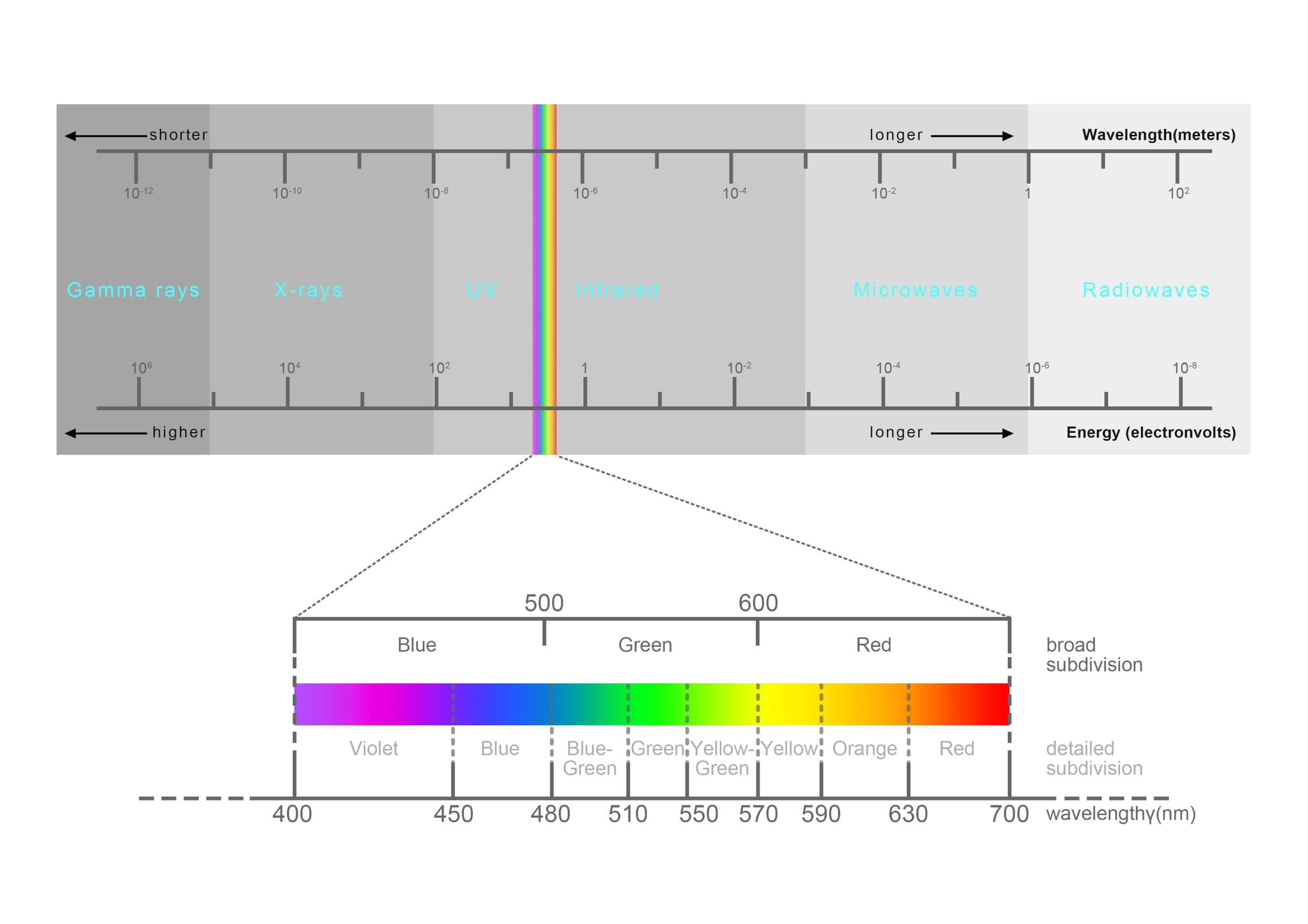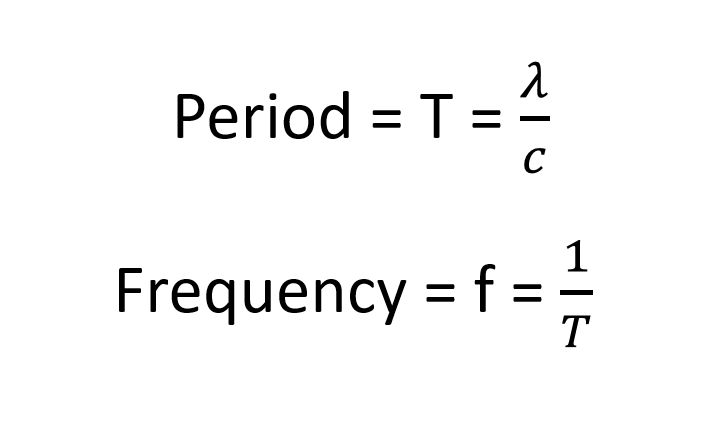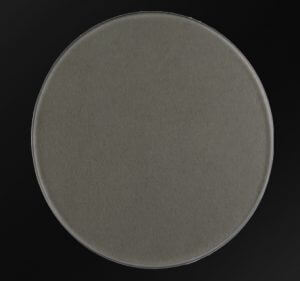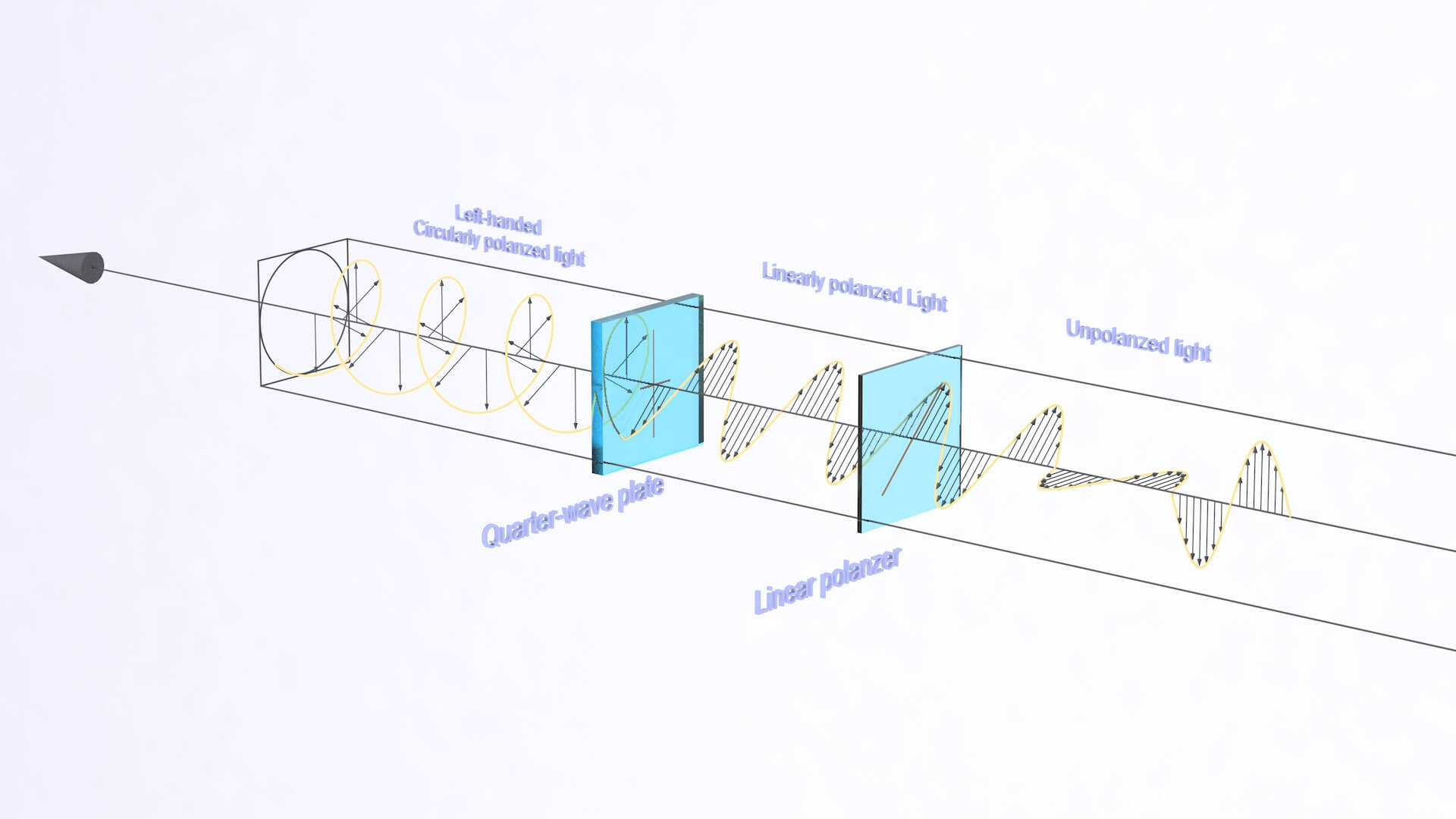Posted on: Monday, January 10th, 2022 In: Learning Optics with Austin
Light that the human eye can see is just a small sliver of the electromagnetic spectrum. We use wavelength (λ), measured in nanometers (nm) or micrometers (1 μm = 1000 nm), to distinguish and describe the types of light. Visible light lies in the range of 380 nm to 780 nm with ultraviolet light being less than 380 nm and infrared light being greater than 780 nm.

The Electromagnetic Spectrum
While the wavelengths of light produce the different colors we see, the speed of light (c = 3.0 x 108 meters/second) is constant regardless of the wavelength. We can calculate the period (T) to be the wavelength divided by the speed of light (λ/c). The period is more generally defined as the time it takes to complete one full wavelength cycle. When we take the reciprocal of the period (1/T), we get the frequency (f) of light which is measured in hertz (Hz). The two related concepts of wavelength and frequency are one way of describing light.

Equations for Period and Frequency
While wavelength and frequency explain the different colors we see, the brightness or dimness of light is described by intensity. To increase light intensity, one must increase the strength of the light source, or emitter. To decrease light intensity, filters can be used to dim the light. Light intensity can also be impacted by surface area- if area A is half the size of area B and both receive the same amount of light, then area A will have a higher illuminance than area B.

Neutral Density Filter
A more complicated description of light is polarization. Sunlight is a form of unpolarized light that, after passing through different types of filters, could become completely polarized light or partially polarized light.

Different Types of Polarization
Polarization has many applications used in daily life. 3D glasses in movies act as polarizers that make the otherwise blurry images “jump out”. Polarized sunglasses, rather than just making everything darker, reduce light intensity without dimming the surroundings, making them a better choice over non-polarized sunglasses.

3D Glasses and Sunglasses
The different ways of describing light has led to many useful applications in our lives. Without an understanding of how we quantify light, the optics we make would simply be expensive antiques!
Next: Lesson 3 – How Does Light Travel? Part I: Diffraction and Reflection
